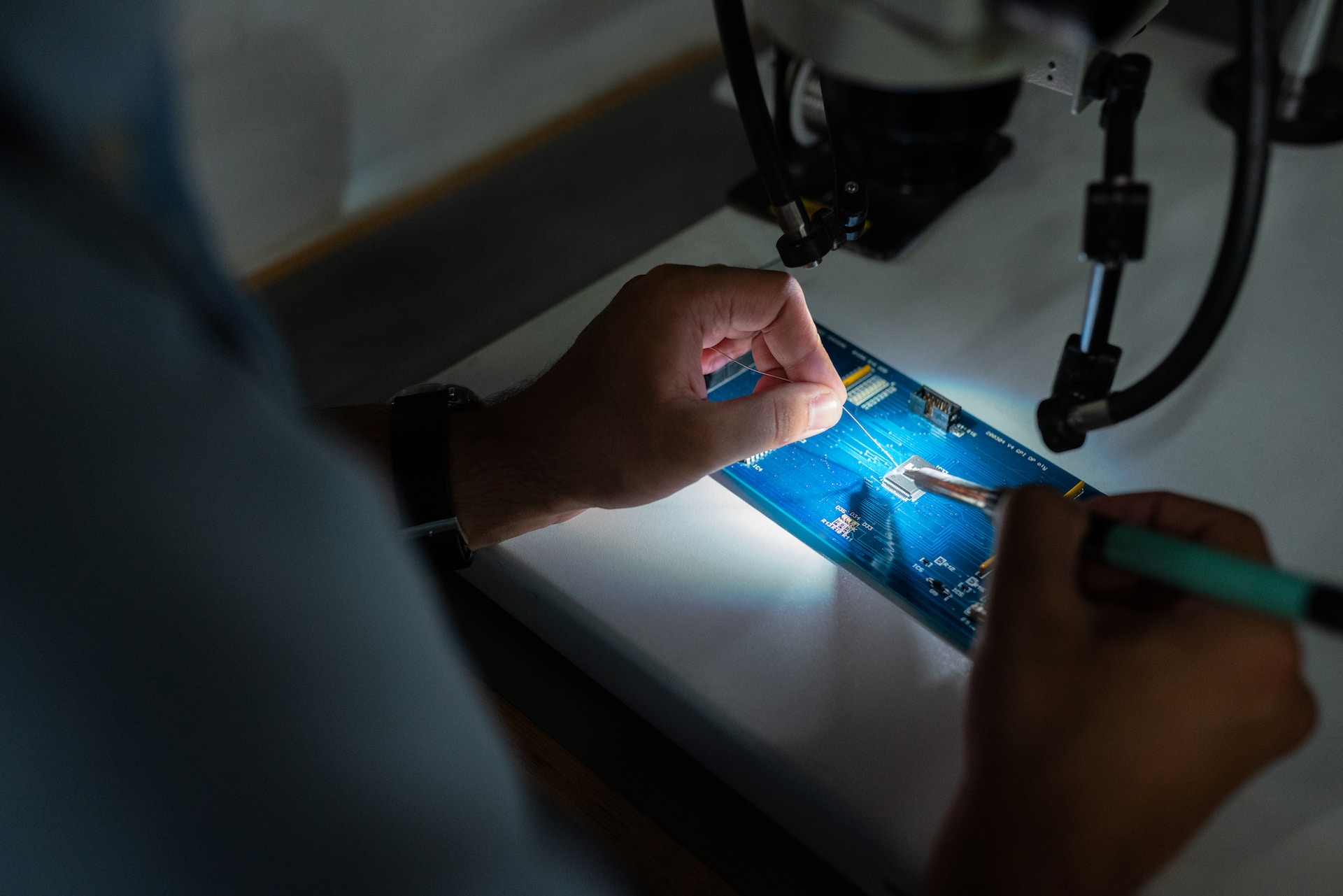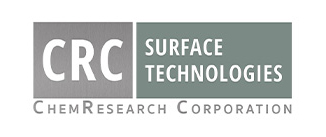
26 Sep The 6 Most Conductive Metal Platings
Conductivity is a highly valuable property in many industries, because good conductivity ensures reliable performance. But just because one metal coating isn’t as conductive as others doesn’t mean it’s a poor choice. Even the most conductive metals have their drawbacks, and some of the less conductive metals have strengths elsewhere.
We compared the most conductive plating metals and their common applications to help you choose the best coating for your components.
The Six Most Conductive Plating Metals
1: Silver
The most conductive type of metal is silver—its exceptional electrical and thermal conductivity are unmatched. Silver has a single valence electron that can move freely with very little resistance, which is what gives it such high conductivity.
Silver electroplating is commonly used in electronics for things like printed circuit boards (PCBs), connectors, and semiconductors. It is also popular in the energy industry due to its high optical reflectivity. It’s often used for solar panels, high-voltage switches, and reflectors.
However, electroplated silver is subject to tarnishing—even more so than gold or copper. Despite its excellent conductivity, silver coatings are actually less common than copper and gold coatings due to the risk of tarnish.
2: Gold
Although not as conductive as silver, gold is another highly conductive metal. Like silver, it also offers superior corrosion, wear, and contact resistance. Gold is used in a variety of electrical applications, such as semiconductors, PCBs, connectors, and etched circuits. The drawback of gold plating, however, is that it is one of the most expensive types of metal coatings.
3: Copper
Copper is a more affordable alternative to gold and silver metal finishing that still provides excellent electrical and thermal conductivity. In fact, copper and silver actually have very similar electron compositions, but silver is more conductive, and copper is better at resisting corrosion. Copper electroplating is typically used to coat semiconductors, PCBs, electrical wires, and other electrical components.
4: Zinc
It may not be a top contender, but zinc also offers good conductivity. Zinc electroplating is most often used when cost is the main concern. It is less expensive than silver, gold, and copper electroplating, but it is still both durable and conductive. Zinc plating also helps prevent rusting in steel and other alloys, so it is often used for automotive parts and electrical hardware.
5: Nickel
Although not as conductive as the other metals listed above, the advantage of nickel lies in its high melting point. Nickel offers good conductivity and durability at high temperatures. Nickel is often applied to metal substrates to increase their thickness and corrosion resistance. Like zinc, it’s a good plating for metals that are prone to rust. Nickel electroplating is commonly used in PCBs, computer hardware, and telecommunications equipment.
6: Platinum
This precious metal has an extremely high melting point, so it offers equally high thermal conductivity. Although platinum is less conductive than silver, gold, and copper, it is more ductile than any of them.
Platinum-plated metals are less likely to break when hammered or stretched. Platinum is also highly resistant to tarnishing, so it is often used to plate semiconductors, thermal barriers, and aerospace components.
Conductive Metal Electroplating in Phoenix, Arizona
Improving the conductivity of a metal substrate takes the skill and experience of a diverse team of professionals. CRC Surface Technologies provides expert plating services to a wide range of industries. We offer silver, copper, and nickel plating, as well as other coatings that will enhance the quality and function of your components.
Request a quote today—send a message to rfq@chemresearchco.com, or give us a call at 602-253-4175 to learn more.
Images used under creative commons license – commercial use (9/26/2023). Photo by ThisisEngineering RAEng on Unsplash

